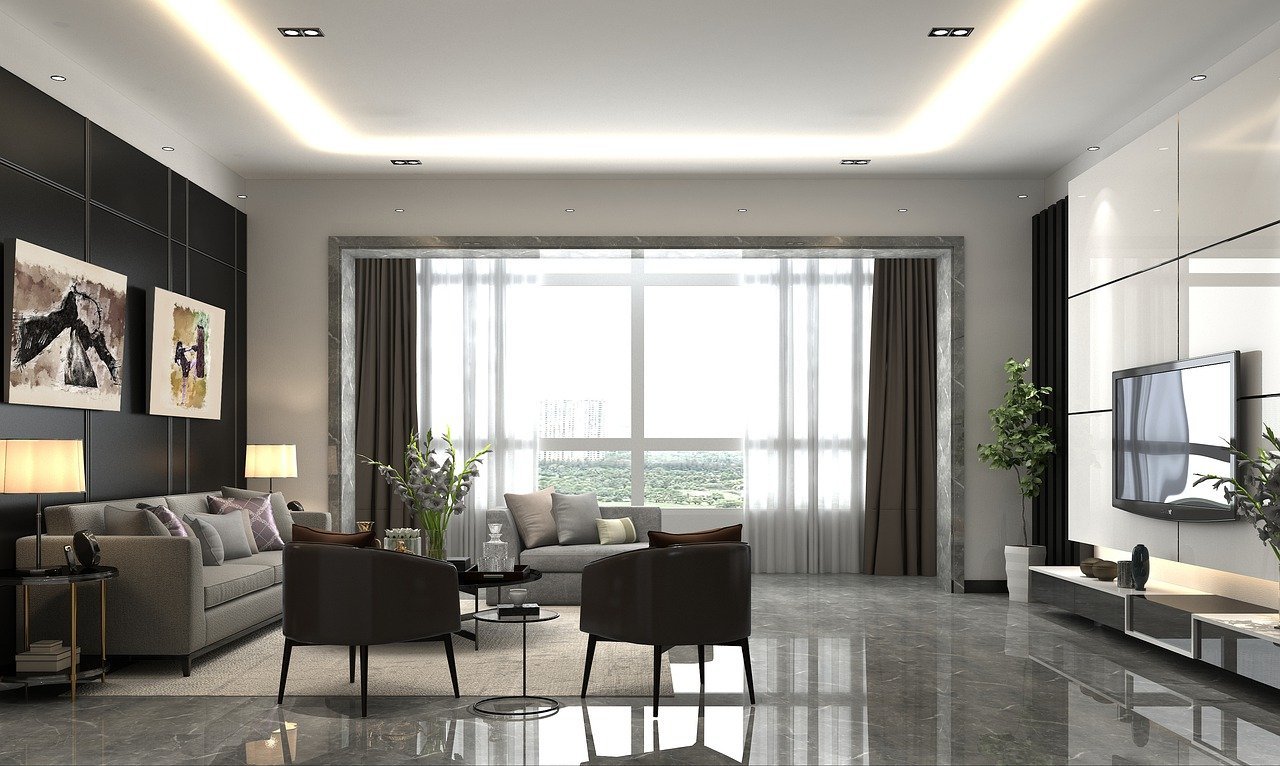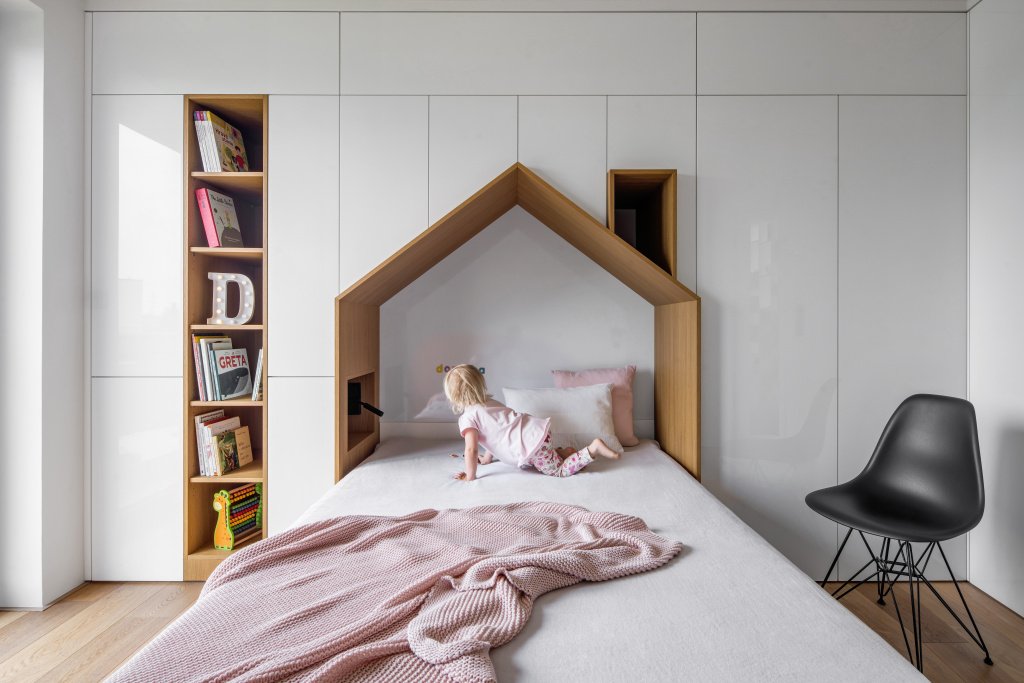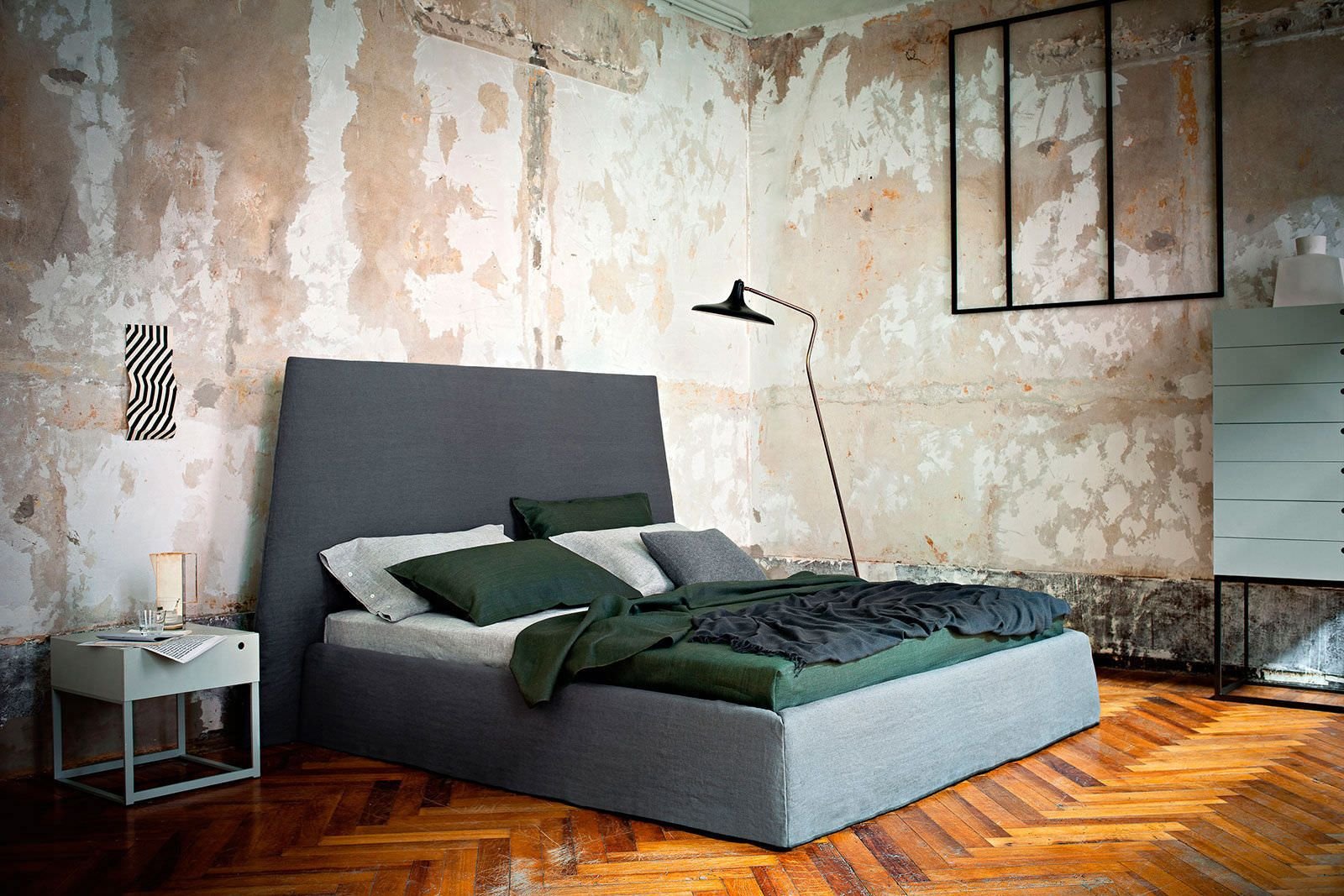5 ideas to adapt the living space
How to adapt your apartment and house to the needs of the deaf and hard of hearing
About 80,000 deaf people live in Germany. According to the German Association of the Hard of Hearing, there are also around 16 million people who are hard of hearing. Some have what is known as a cochlear implant, others use sign language to communicate.
With such a large proportion of the population dependent on specialized home furnishings for their hearing, one would think that knowledge of how to meet the needs of the deaf is well known and widespread.
In fact, building suitable for the deaf has not yet arrived in house building. On the one hand, this is due to the fact that the needs of disabled people are very different. For example, a deaf adult who uses sign language has different needs than someone who has a cochlear implant to restore their hearing. What one person perceives as annoying (for example, irritating footfall sound on wooden floor coverings), another needs for communication (knocking noises, which are transmitted particularly well thanks to vibrations from the parquet floor).
Still others need traditional hearing aids to improve their hearing. If too much background noise interacts, it is difficult for them to concentrate on a conversation, for example.
Include the deaf in the planning of the living space
It is therefore extremely useful to include the hearing impaired in the planning. Ultimately, he should feel comfortable in his house or apartment and get along well. If necessary, an interpreter can help the hearing impaired person to communicate directly with the building contractor or architect.
Since most homes are designed for residents with no physical limitations, planners simply lack the experience of which changes would be most practical for people with disabilities. When adapting existing living space or a new building, the following ideas and considerations for interior design can help the deaf and hard of hearing:
1. Building suitable for the deaf: Open floor plan
Deaf people need more space to communicate effectively using sign language. Narrow hallways prevent people from walking next to each other while talking. Open floor plans, on the other hand, ensure that the gestures and faces of the people you talk to can be seen. Walls and doors, on the other hand, represent barriers to view that should be avoided if possible. If the existing living space is made up of very small parts, i.e. has many separate rooms, walls can be removed if necessary. It is only necessary to ensure that the load-bearing walls remain in place.
However, rooms also serve as places of retreat. Children with disabilities also want their own room in which to play or learn. Glass blocks or vertical panes of glass, for example, can be integrated into the walls so that they can still see whether someone is in the hallway and approaching their room.
2. Soundproof windows
As mentioned at the beginning, background noises can be perceived as annoying for people who are hard of hearing. Regardless of whether it is double or triple glazed, the most varied of noises come into the house through the windows throughout the day. Heavy curtains can help reduce outside noise. Special soundproof glazing provides additional insulation of around 50 decibels. For comparison: Even an insulation of 10 decibels is perceived as halving the noise. Anyone who opts for Phonak hearing aids can individually adjust the acoustics of the hearing aid and thus reduce background noise.
3. Soundproof floors, ceilings and walls
Soundproof floors, ceilings and walls reduce the noise in the house and prevent echoes from negatively affecting communication. Carpets have excellent cushioning properties. Special acoustic wall and ceiling material has a similar effect. The vibrations caused by devices such as a washing machine can be particularly annoying or annoying for some people who are hard of hearing. Sound-insulating material such as acoustic foam in the form of mats can help here.
High ceilings cause a reverberation of the noises made in the living space. This can make life difficult for people who are hard of hearing. If you build your own house, it is relatively easy to incorporate low ceilings into the design of the house. When looking for a suitable existing property, one should make sure that the house already has low ceilings.
4. Soft lighting and matching colors
Natural, delicate colors make it easier for people to see and process visual information. Muted colors also have the advantage that the eyes can rest, because the eyes of the deaf are particularly stressed. Especially lip reading is exhausting. Soft lighting also helps you to find your way around the living space better. Curtain-type blinds on the windows soften the daylight and ensure that nobody feels blinded. At night, the light from several lights can be used to bathe the house in a soft light. This mimics the lighting conditions that prevail in the apartment during the day.
5. Use smart building technology
Technology can be used in many places to improve security in the home. The corresponding products meet a wide variety of needs. Smoke alarms and carbon monoxide detectors can alert homeowners to a problem by flashing brightly and vibrating. The same types of alarms can also be used in smart security devices that help keep homes safe from intruders.
Motion detectors ensure that the property is illuminated and the residents are alerted if someone approaches. Vibrations and flashing lights can help you know when a kitchen appliance is ready. Smart building technology is being integrated into more and more new buildings in order to make the lives of their residents easier. It is also very likely that more devices will come onto the market that support people with impairments in their everyday lives.
Conclusion: Adjustments in the household improve the quality of life
Eliminating noise and distractions as well as improving the lines of sight in the apartment or house are good ways of making communication easier for the deaf and hard of hearing. The above ideas are just a few examples of many that can be implemented depending on your budget or skill. Unfortunately, there is no one-size-fits-all recipe – it is best to talk to the resident directly in order to adapt to his or her wishes and needs.
LG Anne !!!
Visit the rest of the site for more useful and informative articles!




